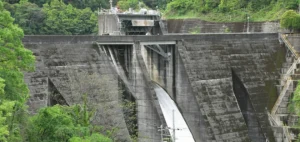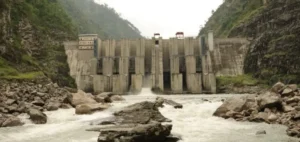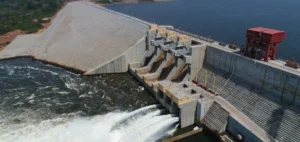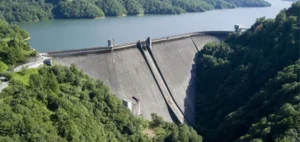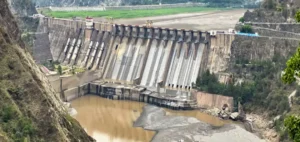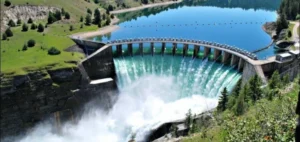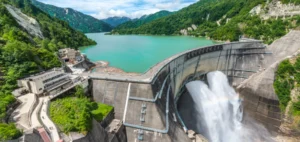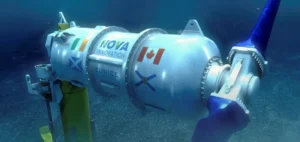Minesto, a marine energy developer based in Gothenburg, announced the completion of its strategic reorganization, aimed at adapting the company to the evolving market and reducing fixed costs. The reorganization, which took place over the past year, has resulted in a reduction of fixed costs by approximately 35%. The company has consolidated its teams in Gothenburg, leading to the closure of its office in Holyhead, Wales, while focusing operations on the existing site in Vestmanna, Faroe Islands.
Cost reduction and resource concentration
The structural changes also include a streamlining of the management team, which has been reduced from eight to six members. The process allowed for the simplification of conventional functions and a better distribution of responsibilities related to commercialization and project management across the team. Minesto’s CEO, Dr. Martin Edlund, clarified that this reorganization does not affect ongoing projects, particularly the Holyhead Deep site, an offshore project for which the company continues to maintain a local presence.
Focus on innovation and team integration
Minesto also adjusted its research and development (R&D) team, reducing certain positions to focus more on product development and the customization of Dragon systems for specific projects. According to Dr. Edlund, this approach has allowed the company to maintain strong innovation capabilities while optimizing both internal and external resources. “Our partnerships with players like SKF and Future Fibres on the development of critical components have strengthened our resource base without increasing headcount,” he added.
Strengthened partnerships with international players
The organizational adjustments also include a closer integration of the product development and operations teams, aiming to better align design, installation, and large-scale manufacturing processes for Dragon farms. Minesto has intensified its collaboration with several international partners, including TCC Green Energy, Hydrokite, Poseidon, and Sev, to develop production sites. These partners are working directly on preparing sites for the deployment of Dragon technology, allowing the company to increase efficiency without increasing human resources.
“These organizational adjustments give us more flexibility to develop and deploy our commercial projects globally,” concluded Dr. Edlund.





